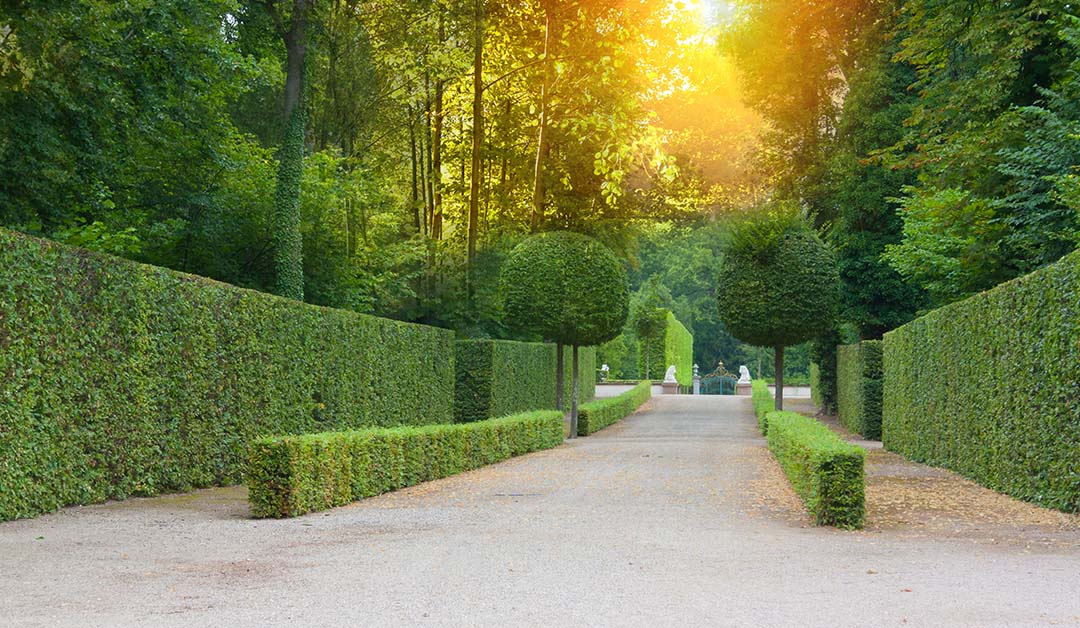Hedgerows have historically been planted to act as barriers between fields, but in a society dominated by humans, they are absolutely critical havens, connectors, and corridors for all kinds of wildlife. In recent years, the vast majority of ecologists have come to view hedgerows as vital ecosystems in their own right. They are able to form a pivotal reservoir for biodiversity in landscapes dominated by human intervention, where many species would otherwise struggle for survival. By nurturing the pollinating insects, they also enhance crop yields, and achieve all of this while impressively pulling carbon out of our atmosphere. With this in mind, let’s delve into the hidden world of hedgerows!
Mutually beneficial
Countryside hedgerows mostly consist of grasses, shrubs, or trees, but they tend to vary substantially in composition and shape within and across countries. In the UK, for example, the National Hedgelaying Society has recognised more than thirty different styles of traditional hedge.
The most well-renowned benefit from hedgerows is the remarkable nature of the biodiversity that they harbour. Hedgerows can provide a year-round habitat for hundreds of species of plants, fungi, and animals, while attracting insects and birds that prey on crop-devouring little critters. Moths and bats use hedgerows as spatial cues to navigate across landscapes, and some invertebrate and mammal species have also been spotted using hedgerows to travel across agricultural areas. Wild bees residing within hedgerows can also pollinate crops in the vicinity, generating substantial financial benefits to farmers in the area.
One British ecologist actually found an incredible 2,070 species inhabiting and visiting a diverse, old hedgerow near his home! This is also not to forget that studies in Asia, Europe and Africa have shown that hedges brilliantly protect against soil-eroding floods and winds, helping to cool the air, and even aid in curbing the spread of infectious diseases by creating a barrier between herds of cattle. Planting hedgerows is also a great way to connect isolated ecosystems, since they can form a bridge across which neighbouring habitats can co-exist.
Rebuilding hedgerows
Since hedge plants can suck the carbon out of the air and into soil or plant biomass, they can help to offset the global warming emissions produced by cows. Ecologists are now stating that hedges should be one of the key solutions implemented to halt the progressions of climate change. Public body Natural England, for example, have called to increase the network of British hedgerows by 40% for biodiversity and climate benefits. It seems imperative, then, that we begin rebuilding hedgerows back into British society.
Much will depend on the maintenance of hedgerows in our country; a 2007 survey of Britain’s hedges found that as many as half were not well-maintained. The effectiveness of the hedgerows will depend largely on how they are maintained in the future. If properly managed, they could create a network that allows for more wildlife to co-exist alongside other people, a benefit that will be increasingly important as species begin to migrate in direct response to climate change.
Readyhedge are a responsible and ethical nursery, situated in the south of Worcestershire. We specialise in growing instant hedging in metre-long lengths, available in either Readyhedge bags or Readyhedge troughs. The heights of our hedges range from 30cm tall up to 200cm tall, and we offer a great, diverse range of hedges for your availability.
If you want more information about who we are, what we do and how we can help you grow the most beautiful of hedges, then take a look at our website www.readyhedgeltd.com or give us a call on 01386 750 585 for any advice you may need – we’d be happy to help!

